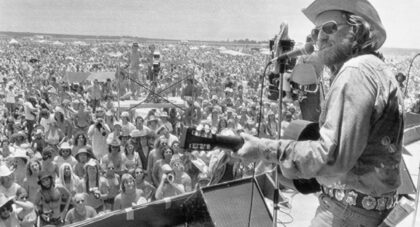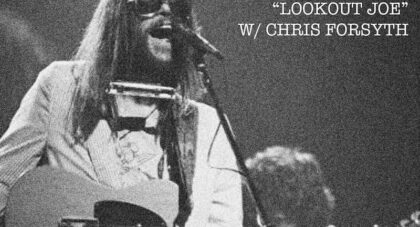In this conversation, Brian Harnetty and Dao Strom talk about how the intersections of sound, language, music, memory, history, place, and practices of “listening”—to the past, to the present—fuel their respective interdisciplinary practices . . .
Only the good shit. Aquarium Drunkard is powered by its patrons. Keep the servers humming and help us continue doing it by pledging your support.
To continue reading, become a member or log in.


